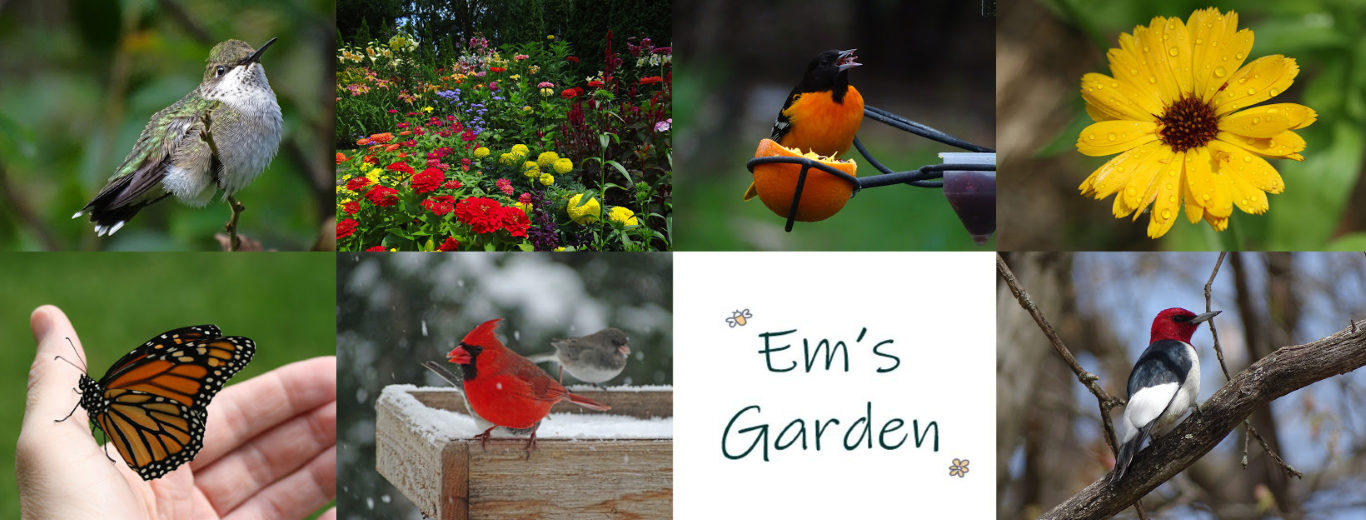I raved about ‘Purple Rooster’ bee balm last year, and I’ll do it again. There’s no perennial in my yard that blooms as long and impressively as ‘Purple Rooster’.
I was afraid winter might do a number on my plants, especially the biggest clump that sits atop an exposed wall. Not only did they survive winter but they bloomed just as hard this year as they did last year.
As the plants continue to spread just a little each year, I love that there’s no die-out in the center of the plant. And unlike other bee balm cultivars that can send out annoying little runners in every direction, ‘Purple Rooster’ gets bigger as a clump. This spring I dug out a few of the outer shoots and transplanted them to other parts of my yard.
My plants started blooming in late June and are just starting to wind down now. There are still enough blooms for the hummingbirds to feed on as they plump up for their long migration, and bumblebees are hurrying to extract every last bit of nectar from the fading flowers.
I’ve grown this cultivar for several years now and it’s never shown any signs of powdery mildew. This year it does have the disease, but so does every bee balm and phlox in this part of the state. It’s a great year for powdery mildew. Unlike some of my other bee balms that turned white and dropped their leaves entirely, ‘Purple Rooster’ has only been mildly affected by the disease.
‘Purple Rooster’ grows 36 inches tall and wide in full sun or part-shade. The first flush of blooms lasts most of the summer so there’s no need to deadhead this beautiful, long-blooming cultivar.


